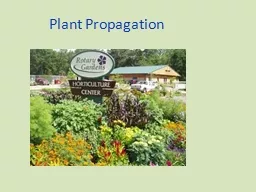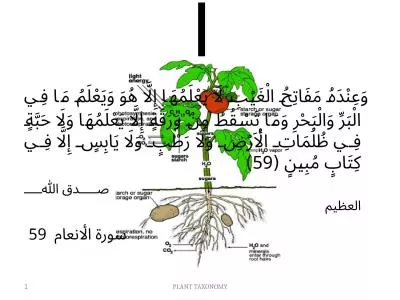PPT-Plant Taxonomy Portfolio
Author : karlyn-bohler | Published Date : 2016-06-02
By Matthew Mattox Eastern Red Cedar Juniperus Virginiana Keeps its foliage year round grows in zones 29 aromatic tree with reddish wood giving off the scent of
Presentation Embed Code
Download Presentation
Download Presentation The PPT/PDF document "Plant Taxonomy Portfolio" is the property of its rightful owner. Permission is granted to download and print the materials on this website for personal, non-commercial use only, and to display it on your personal computer provided you do not modify the materials and that you retain all copyright notices contained in the materials. By downloading content from our website, you accept the terms of this agreement.
Plant Taxonomy Portfolio: Transcript
Download Rules Of Document
"Plant Taxonomy Portfolio"The content belongs to its owner. You may download and print it for personal use, without modification, and keep all copyright notices. By downloading, you agree to these terms.
Related Documents














